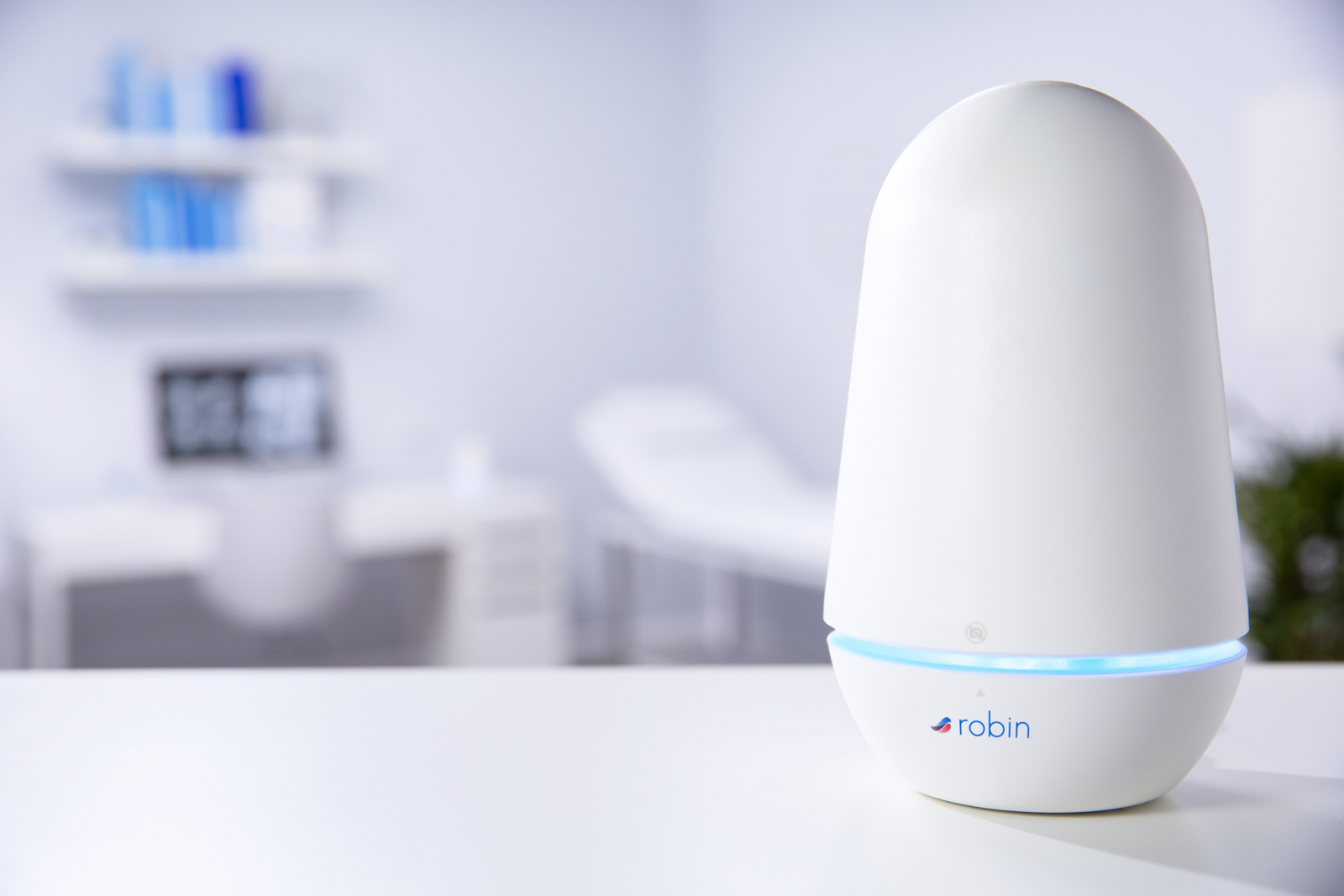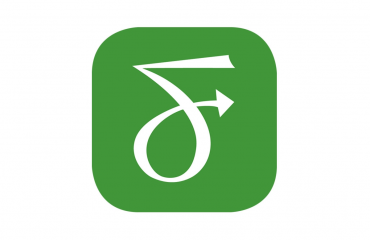Robin Healthcare lands $50M for its 'Alexa for healthcare' scribe device that takes over administrative tasks – FierceHealthcare
Robin Healthcare didn’t set out to create an Amazon Alexa for healthcare. The startup first tried using a webcam on the physician’s computer and then a tablet placed in a slot on the counter before developing its signature egg-shaped device, complete with a built-in microphone and camera.
Co-founder and CEO Emilio Galán said they just wanted to be in the room.
“We’re sitting here and watching every day, learning what we can do to help make sure the physician can provide the care they think is appropriate without interruption,” he said.
Now, the startup has landed $50 million in its series B funding round, led by Scale Venture Partners—bringing them one step closer to putting their technology in a lot more rooms.
Their device, dubbed the Robin Assistant, uses artificial intelligence to record patient interactions with providers and upload clinical and billing information into the electronic health record system.
The AI-powered tech saves physicians time and money while improving patient care, Galán said, where the massive administrative burdens placed on providers could otherwise hinder it.
The past decade in healthcare has been marred by widespread physician burnout, often marked as a consequence of EMR adoption.
But as Galán sees it, it’s not the technologies themselves causing providers to burn out. Instead, it’s what he calls the “death by a thousand clicks”—the countless time providers spend every day doing paperwork instead of seeing patients.
“Why are the EMRs so hard to use? Because they just don’t have UX designers?” He laughed. “I’d argue the biggest reason is because the requirements they’re trying to meet, these administrative insurance requirements, are so difficult and are constantly changing. … Regardless of what it looks like, the task of clicking off a hundred checkboxes is just not fun. It’s not what the doctors were trained to do, and it’s not what they want to do.”
RELATED: Medical practices say regulations adding more red tape that hamstrings patient care
There are already over a thousand Robin Assistants “out in the wild,” Galán said, and the device can integrate with any EMR. Plus, its military-grade encryption ensures patient data stay secure when being transferred.
The Robin Assistant also handles coding, which Kathleen Myers, M.D., chief medical officer at Robin, said makes a huge difference for providers, who often otherwise have to guess which codes to input.
“To avoid the chance of an audit, a lot of doctors and practices will down-code so they don’t catch attention for coding incorrectly,” she said. “But in doing so, they don’t get properly reimbursed for the care that they give.”
After the device captures the patient-provider interaction, Robin uses scribes to validate the data and make sure the patient record is structured appropriately, eliminating the need for physicians to take any other notes about the patient’s body language or verbal cues that the AI might not be able to decipher.
“We want it to be a natural interaction. We want the physician to come in, sit down and talk to the patient without a computer in the way,” Myers said.
These audits normally take about half a day, she said—“you see patients in the morning, you can sign those charts in the afternoon.”
And by letting Robin take over these tasks, Myers said the providers can save about 90 minutes every day.
RELATED: For each patient visit, physicians spend about 16 minutes on EHRs, study finds
The vast majority of patients aren’t bothered by their providers’ use of the Robin Assistant, either, Myers said, with 98% of patients agreeing to the device’s use for both audio and visual feeds during their visits.
“Patients understand the burden that physicians are facing. They see them typing while they’re talking and staring at the computer instead of looking at the patient,” she said. “With Robin, they feel like they’re getting more time with their doctor.”
While the startup began by offering its services in orthopedics before expanding into other surgical subspecialties, the company recently expanded into primary care, with plans to enter new specialties in 2022 and beyond, Myers said.
“We really want to keep these primary care providers independent and help them survive in this complex healthcare system,” she said.
RELATED: Practices facing ‘existential’ threats, uncertainty about future of primary care, survey finds
Like Myers, Galán trained to become a doctor, too. Except he never finished medical school.
Just five months before his graduation, he started asking questions, trying to figure out which specialty he should go into by discovering which physicians were the happiest. But across the board, he said, the providers he spoke to weren’t happy anymore.
So he took on a new challenge: tackling what he labeled a “broken economic model exacerbated by siloed data,” uplifting the physician experience and thereby improving patient care.
“This is the whole reason I went to medical school in the first place,” he said.
© 2021 Questex LLC. All rights reserved. 3 Speen Street, Suite 300, Framingham, MA 01701
Reproduction in whole or part is prohibited.



